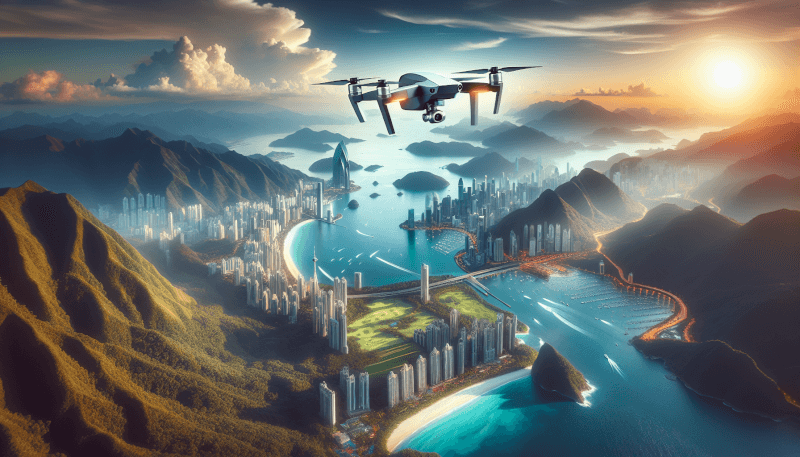Are you a real estate agent looking to take your property listings to the next level? Look no further than drones for real estate photography. In this beginner’s guide, we will walk you through the basics of using drones to capture stunning aerial shots of properties, helping you attract potential buyers and stand out from the competition. From choosing the right drone to mastering the art of aerial photography, we’ve got you covered. So grab your remote control and get ready to take your real estate photography game to new heights!
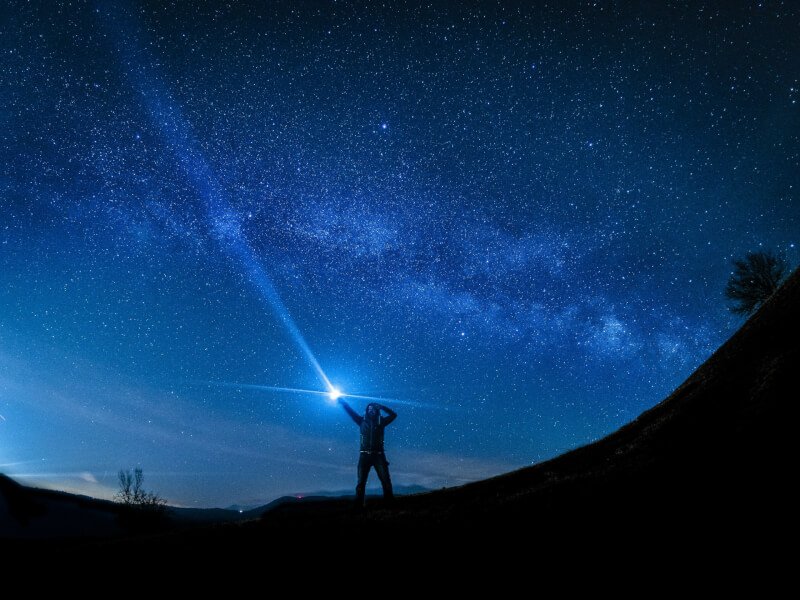
Choosing the Right Drone for Real Estate Photography
When it comes to choosing the right drone for real estate photography, there are a few key factors to consider. First and foremost, you need to think about the purpose of the drone. Are you planning to primarily use it for aerial photography or videography? This will help determine the specifications and features you should prioritize.
Another important consideration is the camera quality. The drone should have a good camera that can capture high-resolution photos and videos. Look for drones with a high megapixel count and the ability to shoot in RAW format, as this will allow for better post-processing and editing.
Flight time and battery life are also crucial factors to keep in mind. You want to ensure that the drone has a decent flight time, allowing you to cover a significant amount of ground before needing to recharge or swap batteries. Additionally, consider the battery life and how long it takes to charge the batteries. This will impact how efficient and effective your photography sessions can be.
Next, think about the range and control distance of the drone. For real estate photography, you may need to fly the drone higher and farther away to capture certain shots. It’s important to choose a drone that offers a good control distance and has a strong signal connection with the controller. This will allow you to have more freedom and flexibility in your aerial photography endeavors.
Lastly, consider the stability and flying features of the drone. Look for drones with features such as GPS and altitude hold, as these can greatly improve stability and make it easier to capture smooth and steady footage. Additionally, consider if the drone has obstacle avoidance technology, which can help prevent accidents and collisions, especially when flying in tight or crowded spaces.
Understanding the Rules and Regulations
Before you begin using a drone for real estate photography, it’s crucial to understand and comply with the rules and regulations governing their use. Each country and even local area may have its own set of laws and regulations regarding drones, so it’s important to do your research and stay informed.
Start by researching the local laws and regulations specific to your area. Find out if there are any restrictions or requirements for flying drones, such as altitude limits, no-fly zones, or specific permits that need to be obtained. This information will help you avoid any potential legal issues and ensure you are flying your drone within the boundaries of the law.
In some cases, you may be required to register your drone with the appropriate aviation authorities. This is typically necessary for drones that weigh over a certain threshold. Check the regulations in your country to determine if registration is required and follow the necessary steps to ensure compliance.
Understanding airspace restrictions is crucial for drone pilots. Certain areas, such as airports or military installations, have strict no-fly zones to ensure the safety of aircraft operations. Familiarize yourself with these restrictions and steer clear of any prohibited airspace.
Privacy concerns and permissions are also important considerations. When flying a drone for real estate photography, you may inadvertently capture images or video footage of people’s properties or private spaces. Be respectful of people’s privacy and, if necessary, obtain permission from property owners before capturing footage of their homes or buildings.
If you’re new to drone flying or want to improve your skills, consider taking a drone piloting course. These courses provide valuable knowledge and practical training on how to safely and confidently control a drone, navigate different flight scenarios, and comply with regulations.

Mastering Basic Drone Flying Skills
Once you have chosen the right drone and familiarized yourself with the rules and regulations, it’s time to master basic drone flying skills. This is crucial for capturing stunning real estate photos and videos and ensuring a smooth and successful aerial photography session.
Start by practicing in open, obstacle-free areas. This will allow you to become comfortable with the controls and movements of the drone without the risk of colliding with objects or structures. Find a nearby park or open field where you can safely practice and hone your skills.
Learn the basic controls and movements of the drone. Familiarize yourself with how to make the drone ascend, descend, move forward and backward, and rotate. Understanding these basic controls will give you a solid foundation for more advanced maneuvers and shots.
Getting comfortable with takeoff and landing is essential. Practice taking off and landing the drone smoothly and safely. This skill will come in handy when you’re in the field, especially in tight spaces or areas with obstacles.
Next, practice hovering and maintaining altitude. Being able to keep the drone stable and at a consistent height is crucial for capturing clear and steady shots. Spend time practicing hovering at different altitudes and maintaining a stable position.
As you gain confidence and proficiency, start learning how to perform basic maneuvers with the drone. This includes flying in different directions, performing orbits around a subject, and capturing smooth, cinematic shots. Experiment with these maneuvers and practice until you feel comfortable and in control.
Planning the Real Estate Drone Shoot
Planning is key to a successful real estate drone shoot. Before heading out to capture stunning aerial footage, take the time to communicate with the real estate agent or client to understand their vision and requirements. This will ensure that you capture the shots they are looking for and provide a satisfactory end product.
Scout the location in advance to get a sense of the terrain, obstacles, and potential challenges you may encounter during the shoot. This will help you determine the best flight paths and angles to capture the property from. Consider taking note of any prominent features or unique selling points of the property that should be highlighted in the photos and videos.
Weather and lighting conditions play a significant role in the outcome of your real estate drone shoot. Check the weather forecast beforehand and choose a day with clear skies and favorable lighting conditions. Early morning and late afternoon usually offer the best natural lighting for capturing dramatic and visually appealing shots.
Create a shot list and storyboard to guide your drone photography session. This will help ensure that you capture all the necessary shots and angles, leaving no important aspect of the property overlooked. Having a plan in place will also help you stay organized and make the most of your time on-site.
Before you head out, double-check for any legal or safety restrictions in the area where you’ll be flying your drone. Make sure you have obtained any necessary permits or permissions, and ensure you are following all airspace restrictions and guidelines. Safety should always be a top priority to ensure a smooth and incident-free real estate drone shoot.
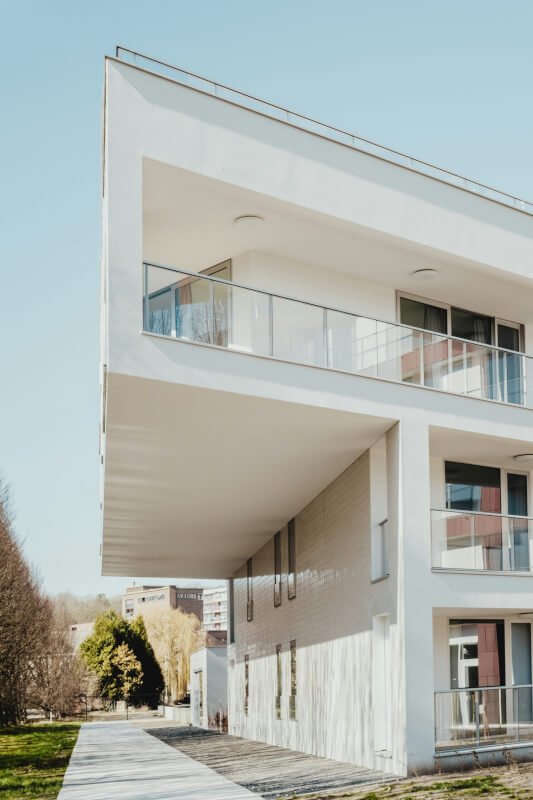
Capturing Stunning Real Estate Photos and Videos
Now that you have planned your real estate drone shoot, it’s time to focus on capturing stunning photos and videos of the property. Keep in mind the following tips to ensure you capture the best possible footage.
Frame your shots creatively to showcase the property from its most appealing angle. Experiment with different compositions and framing techniques to create visually striking images. Consider using the rule of thirds or leading lines to add depth and interest to your shots.
Utilize different camera settings and angles to capture a variety of perspectives. Play around with different modes, such as panorama or HDR, to create unique and captivating photos. Explore different camera angles, such as low-angle or high-angle shots, to provide a fresh and dynamic view of the property.
Experiment with different flight paths to capture engaging footage. Instead of just flying in a straight line, try circling the property or flying upwards to reveal the surroundings. Smooth and deliberate movements can greatly enhance the visual impact of your footage and provide a more immersive experience for viewers.
Take advantage of natural light to bring out the best in your real estate photos and videos. Capture images during the golden hour, which is the hour after sunrise or the hour before sunset when the light is warm and soft. This will add a beautiful and inviting atmosphere to your shots.
Shoot in RAW format to have more flexibility in post-processing and editing. RAW files contain more data and allow for greater adjustments to exposure, color, and other aspects of the image during the editing process. This will help you fine-tune your photos and bring out the best in each shot.
Editing and Post-Processing
After capturing stunning real estate photos and videos with your drone, it’s time to transfer the files to a computer and begin the editing and post-processing process. Follow these steps to enhance the visual appeal of your footage and create a polished final product.
Transfer your files to a computer or laptop for easier access and editing. Use a reliable method such as a USB cable or memory card reader to transfer the files quickly and efficiently.
Use photo editing software to make adjustments to your footage. Programs like Adobe Lightroom or Photoshop offer a wide range of tools and features to enhance the colors, contrast, and overall look of your real estate photos and videos. Experiment with different adjustments to achieve the desired aesthetic.
Enhance the colors and contrast of your photos to make them visually appealing. Adjust the white balance to ensure accurate color representation, and make adjustments to brightness, contrast, and saturation to bring out the best in each image. Remember to maintain a natural and realistic look, as overly saturated or artificially enhanced images may not accurately represent the property.
Crop and straighten your photos to improve composition and framing. Eliminate any unwanted elements or distractions in the frame by cropping them out. Additionally, make sure the horizon is level and any vertical lines are straightened for a professional and balanced look.
Remove any unwanted objects or distractions from your photos. This may include things like power lines, trash cans, or other elements that detract from the overall appeal of the image. Use the appropriate tool to carefully remove or clone out these distractions while maintaining the integrity of the image.
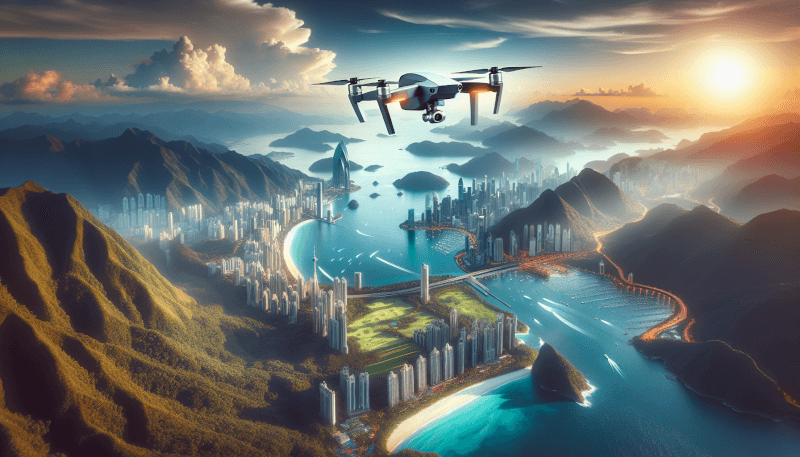
Showcasing and Delivering the Final Product
Once you have edited and post-processed your real estate photos and videos, it’s time to showcase and deliver the final product to your client. Follow these steps to present your work in the best possible way.
Create a professional portfolio or website to showcase your real estate photography and videography services. This serves as a platform to display your work and attract potential clients. Organize your portfolio in a visually appealing and easy-to-navigate manner, allowing viewers to browse through your best shots and get a sense of your style and expertise.
Present the photos and videos in a visually appealing way to engage viewers. Consider creating a slideshow or video montage to showcase the highlights of the property. This can be accompanied by music or a voice-over to further enhance the viewing experience.
Consider using virtual tour software to create interactive and immersive experiences for potential buyers. These platforms allow viewers to navigate through the property as if they were physically there, providing a realistic and detailed exploration of the space. Virtual tours can greatly enhance the marketing potential of your real estate photos and videos.
Deliver the files to the client securely and efficiently. Use a cloud storage service or a secure file-sharing platform to ensure the safe and timely delivery of the final product. Provide the files in the desired format and resolution, and consider including a watermark or your logo to promote your brand and protect your work.
In addition to real estate photography and videography, consider offering additional services such as aerial mapping or 3D models. These services can provide valuable insights and information to real estate professionals and potential buyers, further enhancing your value as a drone photographer.
Ensuring Safety and Risk Management
Safety should always be a top priority when operating a drone for real estate photography. Follow these guidelines and precautions to ensure a safe and incident-free flying experience.
Always follow the safety guidelines and recommendations provided by the manufacturer of your drone. Familiarize yourself with the specific safety features and limitations of your drone, and understand how to safely operate and maintain it.
Check the weather conditions before flying your drone. Avoid flying in strong winds, rain, or other adverse weather conditions that may affect the stability and control of the drone. Unfavorable weather can increase the risk of accidents and damage to your drone.
Inspect and maintain your drone regularly to ensure it is in good working condition. Before each flight, check for any visible damage, loose parts, or signs of wear and tear. Pay special attention to the propellers and motors, as these are critical components for safe and stable flight.
Obtain liability insurance to protect yourself and your business in case of any accidents or damages caused by your drone. Insurance coverage can provide financial assistance in the event of any legal claims or compensation claims resulting from your drone operations.
Have a backup plan in case of emergencies or technical issues. Always carry spare batteries, propellers, and other essential parts and tools in case of unexpected failures or accidents. Make sure you have a way to communicate with ground crew or other personnel during the drone flight, especially in remote or challenging locations.
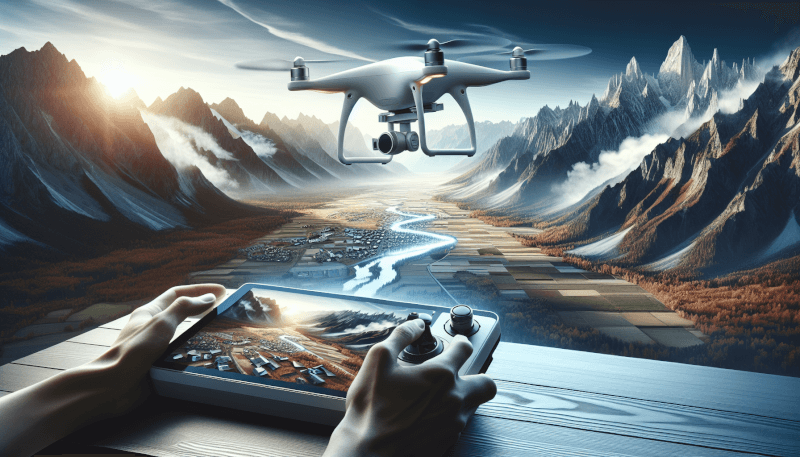
Troubleshooting and Common Challenges
Despite careful planning and preparation, you may encounter certain challenges or issues when using drones for real estate photography. Here are some common challenges and tips for troubleshooting them:
Dealing with battery life limitations is a common challenge. To overcome this, carry spare batteries and plan your flights accordingly. Consider investing in high-capacity batteries to extend your flight time, or use charging stations or power banks for on-the-go recharging.
Avoiding propeller shadows in photos can be a challenge, especially when shooting in certain lighting conditions. To minimize this issue, adjust the angle of the camera or the position of the drone to avoid casting shadows on the subject. Additionally, consider using a lens hood or filter to reduce the impact of direct sunlight on the lens.
Overcoming wind and stability issues is crucial for capturing clear and steady footage. Choose a drone with good stability and wind resistance capabilities. Practice flying in windy conditions to improve your skills and learn how to maneuver the drone effectively.
Handling privacy concerns and complaints may arise when capturing aerial footage of private properties. Always respect people’s privacy and obtain necessary permissions before flying over private land. Be prepared to explain the purpose of your drone operations and address any concerns or complaints from property owners or the public.
Troubleshooting technical problems is essential for a smooth flying experience. Familiarize yourself with the troubleshooting procedures provided by the manufacturer of your drone. Be prepared to troubleshoot issues such as connectivity problems, GPS signal loss, or firmware updates.
Building a Successful Drone Photography Business
If you’re passionate about drone photography and want to build a successful business in the real estate industry, follow these steps to get started.
Define your niche and target audience. Identify the specific types of real estate photography services you want to offer, such as residential, commercial, or architectural photography. Determine your ideal client base, such as real estate agents, property developers, or homeowners looking to sell their properties.
Create a business plan and set your prices. Outline your business objectives, marketing strategies, and financial projections. Research the market rates for real estate photography services in your area and determine competitive pricing that reflects your expertise and the value of your work.
Market your services effectively to reach your target audience. Utilize both online and offline marketing strategies to raise awareness about your drone photography services. Create a professional website, use social media platforms to showcase your work, and network with real estate professionals and photographers to build relationships and referrals.
Network with real estate professionals and photographers to expand your business contacts and potential client base. Attend industry events, join professional associations, and participate in community activities to make connections and establish your presence in the real estate photography industry.
Build a strong online presence and portfolio to showcase your work. Utilize social media platforms such as Instagram and Facebook to regularly share your best real estate photos and videos. Invest in professional photography equipment and editing software to produce high-quality and visually appealing content.
By following these tips and gradually building your reputation and client base, you can establish a successful drone photography business in the real estate industry. Continuously improve your skills, stay updated on the latest drone technology and trends, and always strive for excellence in your work.

